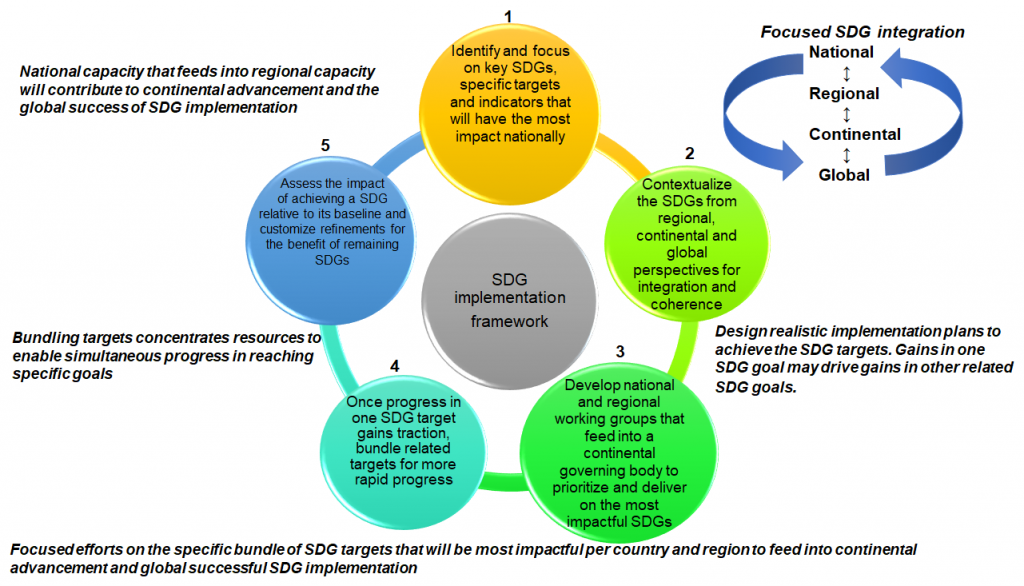The United Nations’ Sustainable Development Goals (SDGs) aim to tackle the major global issues that affect the rich, middle-income, and poor in developing and developed countries—that is, all of us—by the year 2030. The 17 SDGs collectively address poverty, hunger, inequality, climate change, environmental destruction, human rights violations, and other persistent threats to the planet and its people.
These are all noble goals, but they are complex and intertwined. How exactly do we accomplish them all, much less within the next decade?
The SDGs are broken down into defined, tangible targets, and suggestions are given for how individuals from all backgrounds can do their part in supporting each goal. Furthermore, progress in one SDG may have a direct or indirect effect on another—it is this synergy that drives overall advancement. For example, greater levels of education (SDG 4) provide the skills and knowledge to help reduce unemployment rates (SDG 8) and poverty (SDG 1). In turn, this leads to a more prosperous economy.
The third goal (SDG3) is aimed at promoting “good health and well-being.” This entails increasing life expectancy by reducing the incidence of maternal and child deaths as well as premature deaths from communicable diseases such as AIDS, tuberculosis, malaria, and hepatitis, and noncommunicable diseases such as cancer, heart disease, and diabetes.
In an essay in Global Challenges, Dr. Marlon E. Cerf of the South African Medical Research Council applies a general SDG implementation framework to universal health coverage (UHC). Approximately one billion people currently do not have access to adequate healthcare, making it a key priority of SDG 3.

A five-step SDG implementation framework.
Universal healthcare embodies the ethic that all citizens have the right to access quality health services without subjecting themselves to serious financial risk; health expenses should be based on socioeconomic status to ensure that lower-income individuals are not disproportionately burdened relative to their wealthier counterparts. Furthermore, health promotion and prevention is the focus over treatment.
To successfully implement UHC, Cerf proposes that the diseases that present the greatest burden to citizens within a country should be prioritized, along with those regions that have high patient populations but lack resources. Developing regional and national working groups that inform a larger, continental working group will also facilitate advancement of the goal. The national achievements towards UHC should be standardized regionally and minimally adapted for each country to promote reproducibility.
Adopting the SDG implementation framework will help to advance UHC in low- and middle-income countries in particular, where difficulties due to lack of infrastructure and funding are significant factors. Success in this endeavor will feed into the advancement of other SDGs and bring us closer to the ultimate goal of the mission: to build a better world for humanity.

















